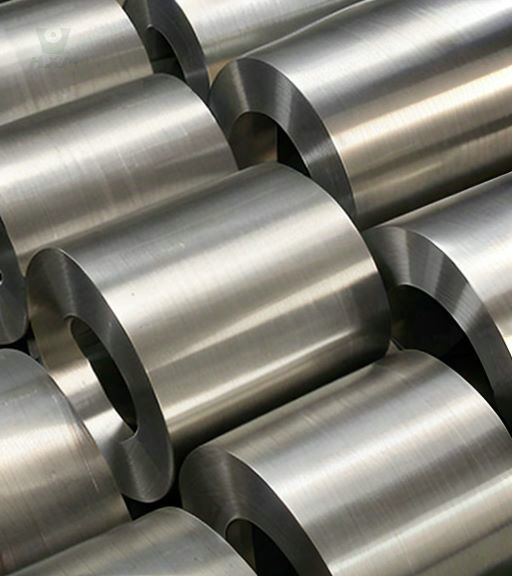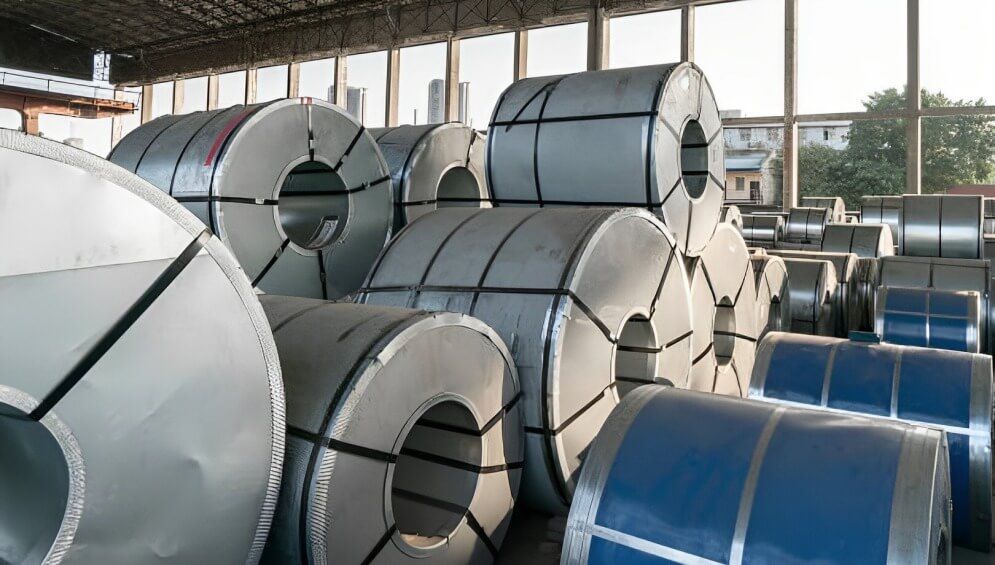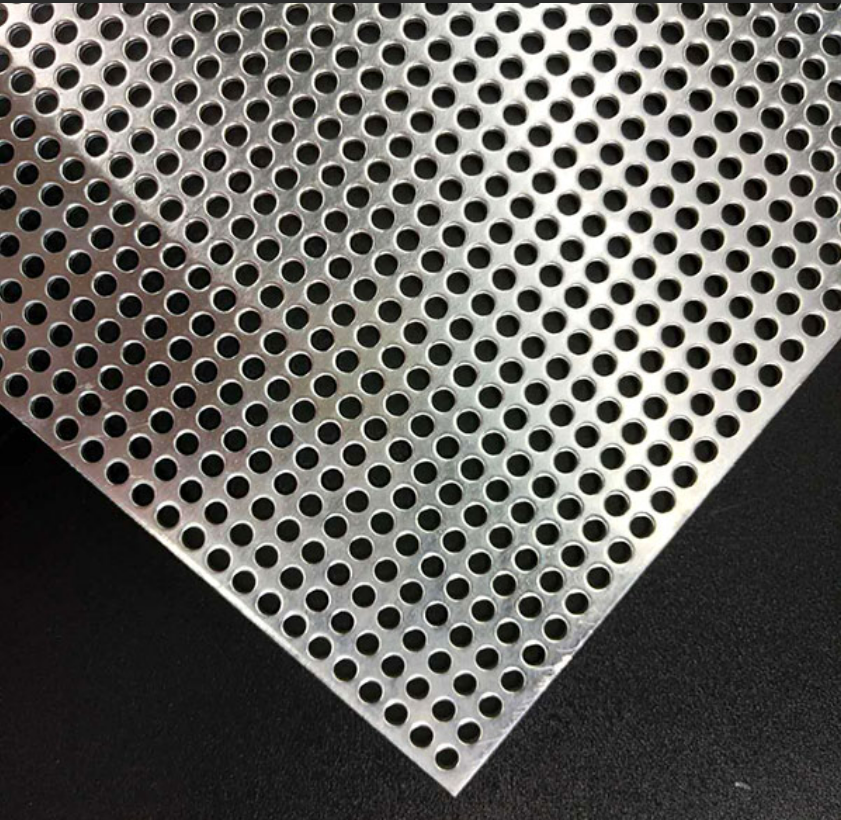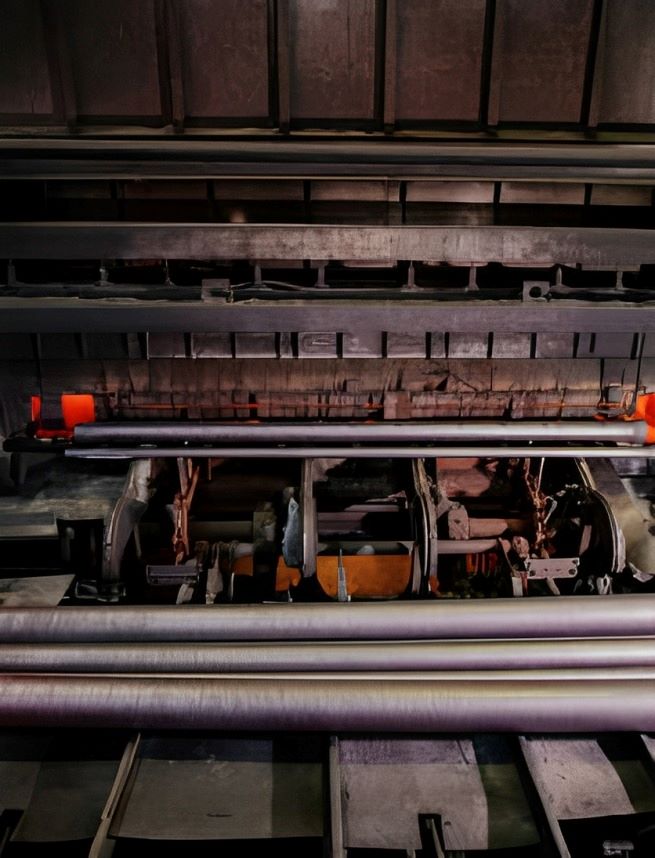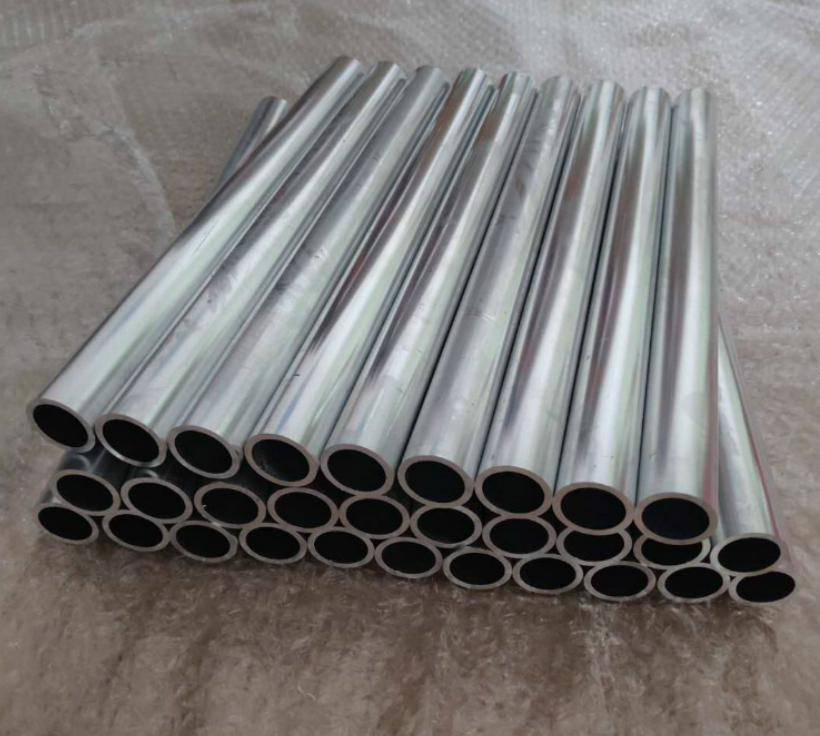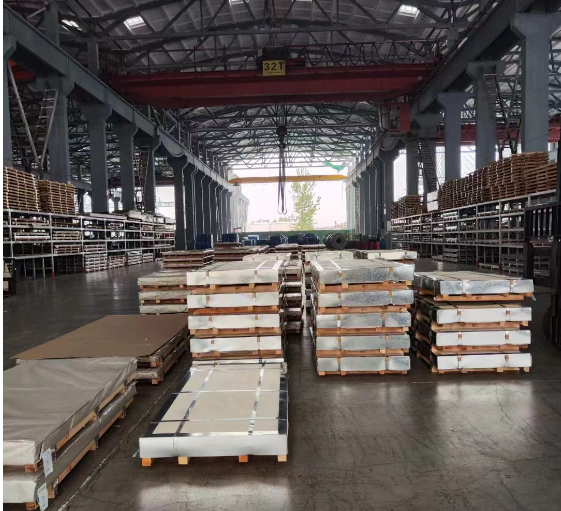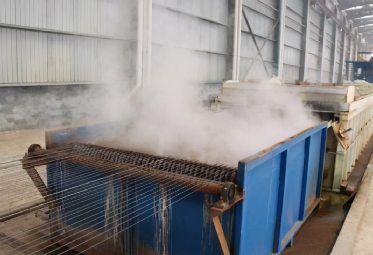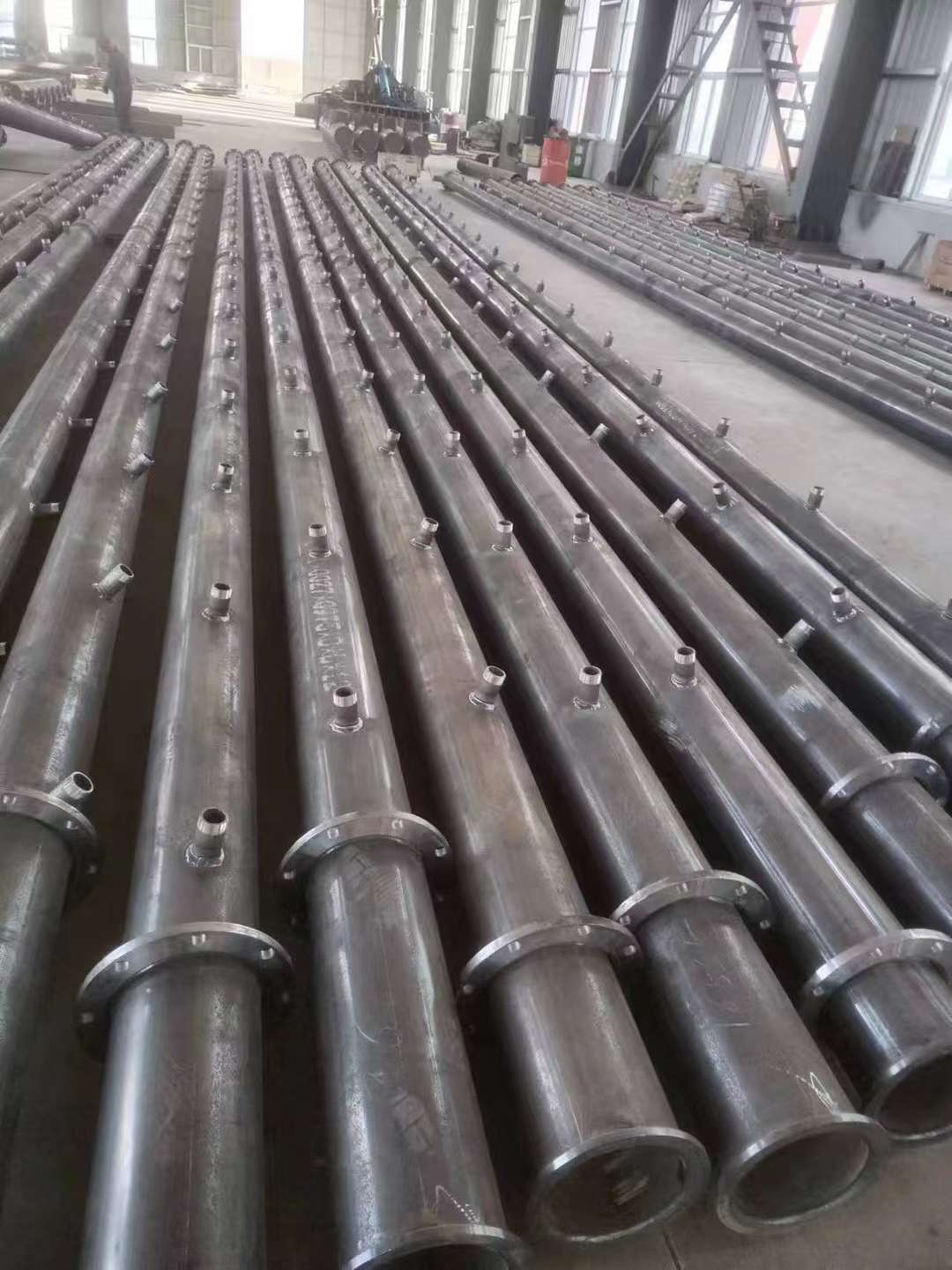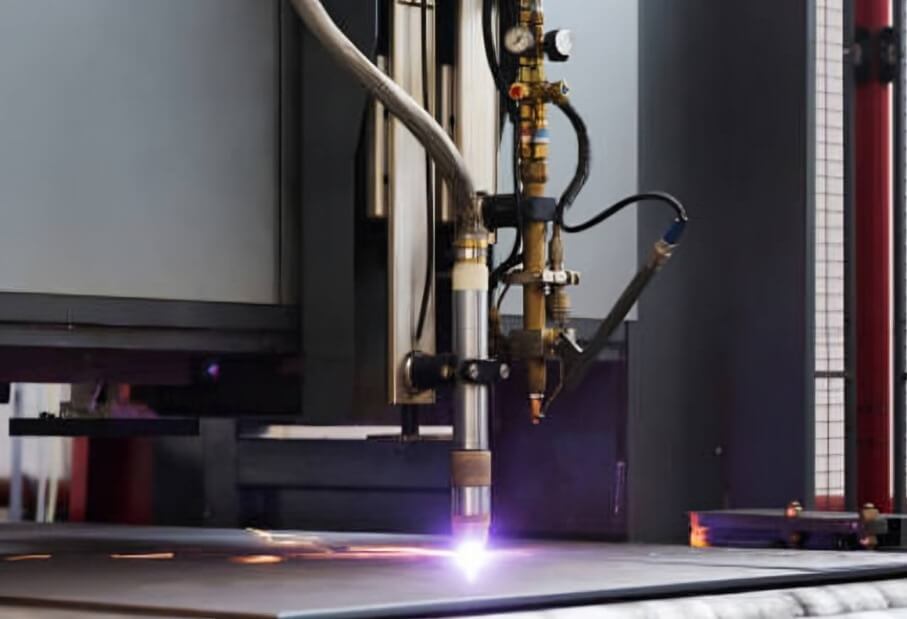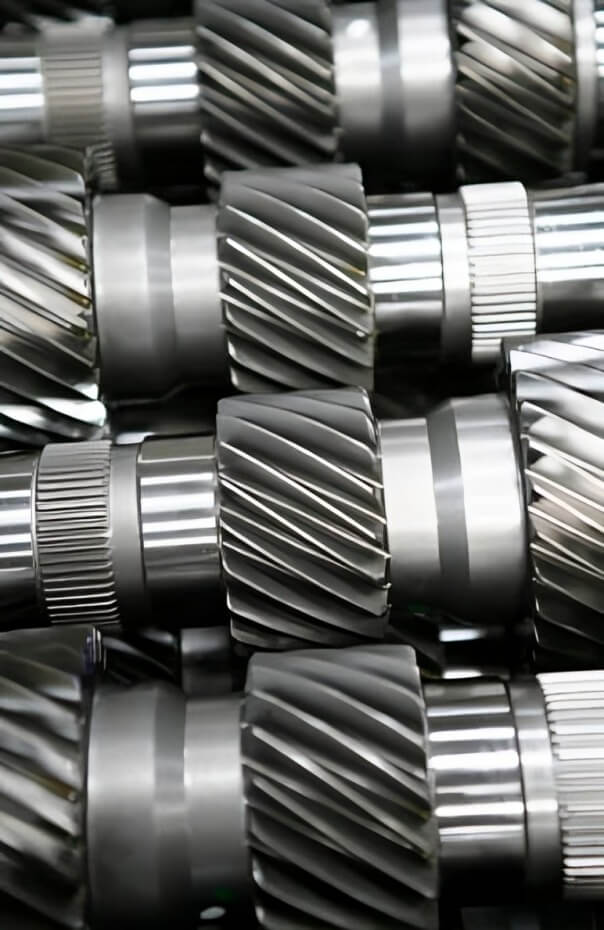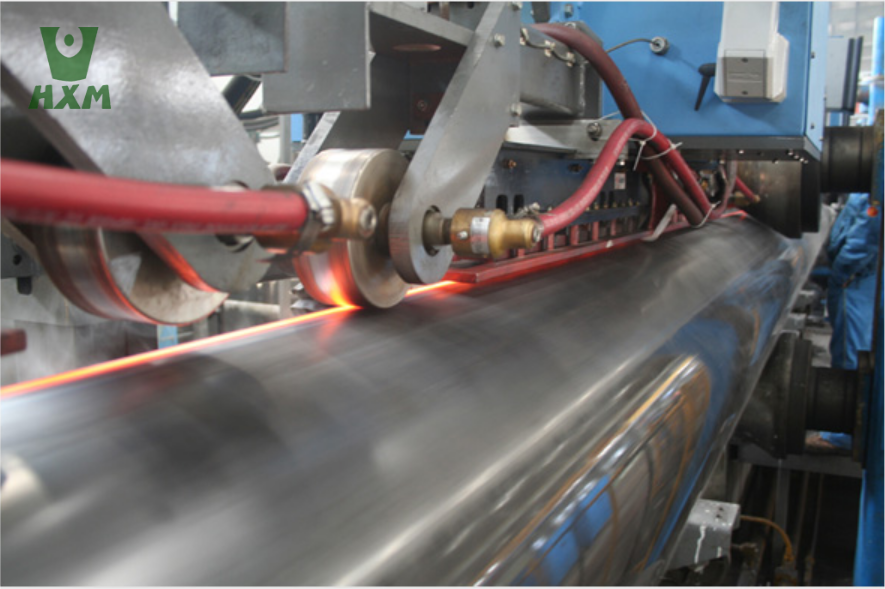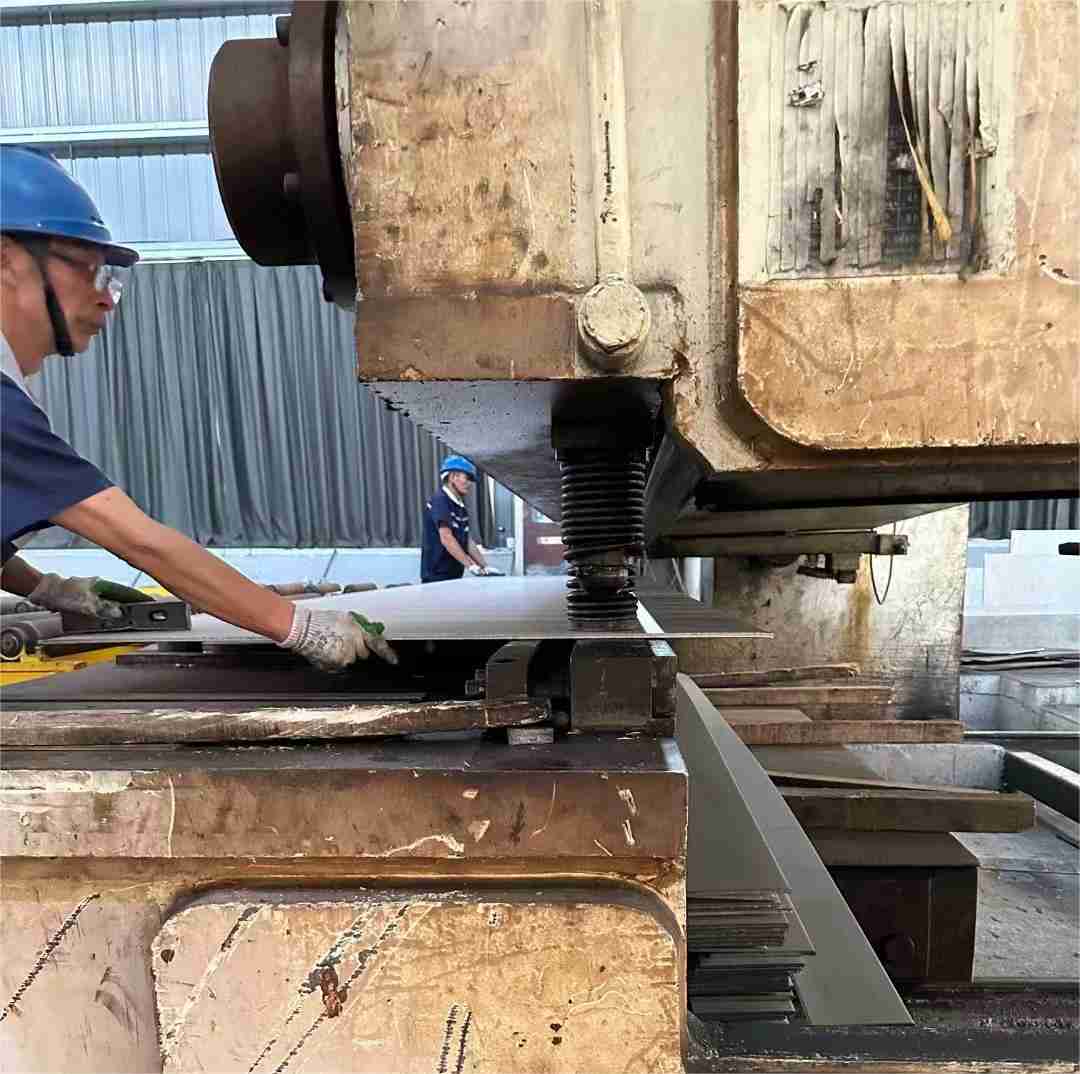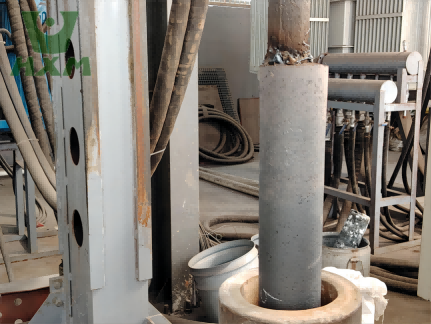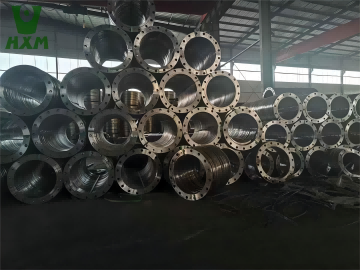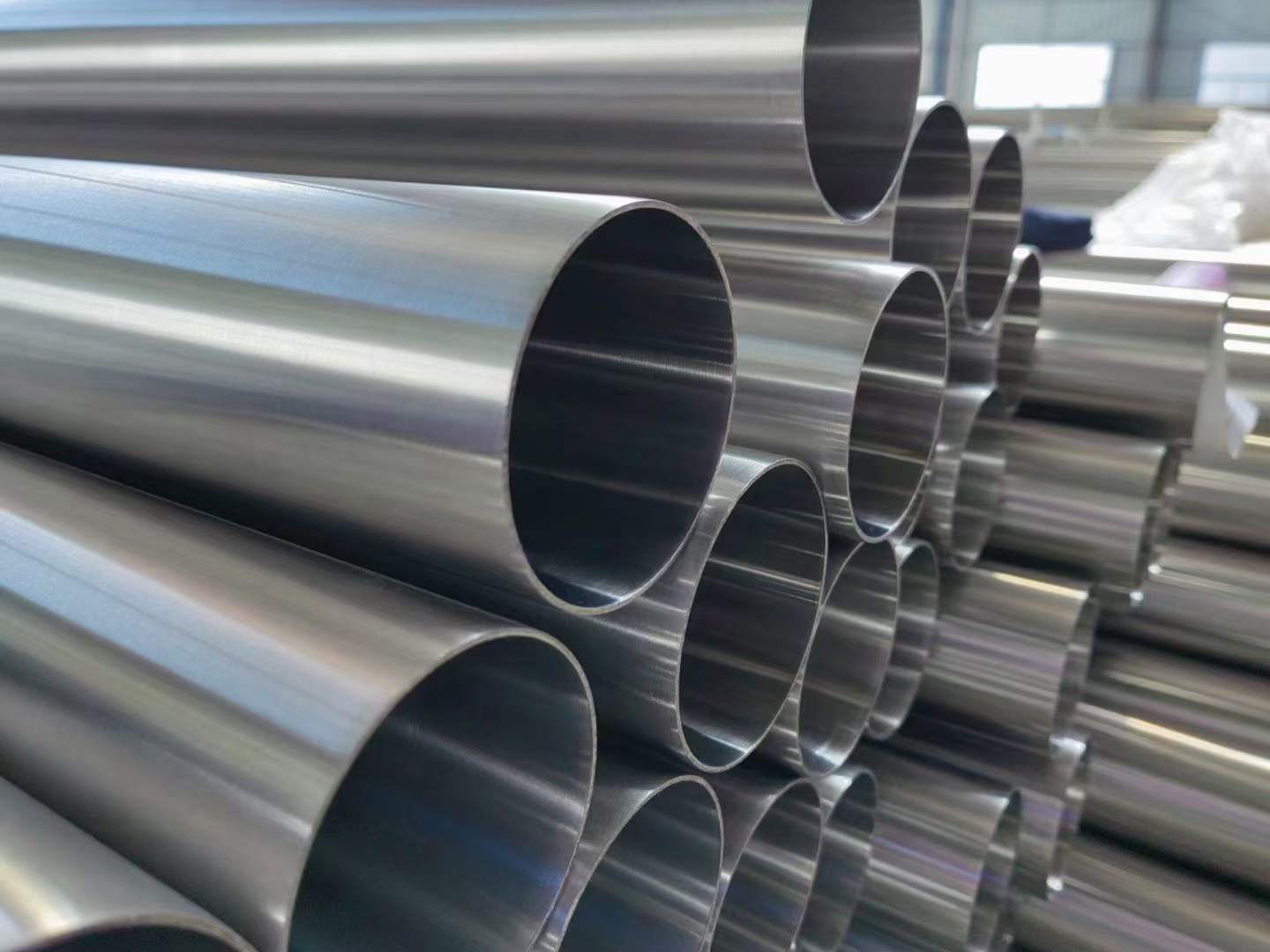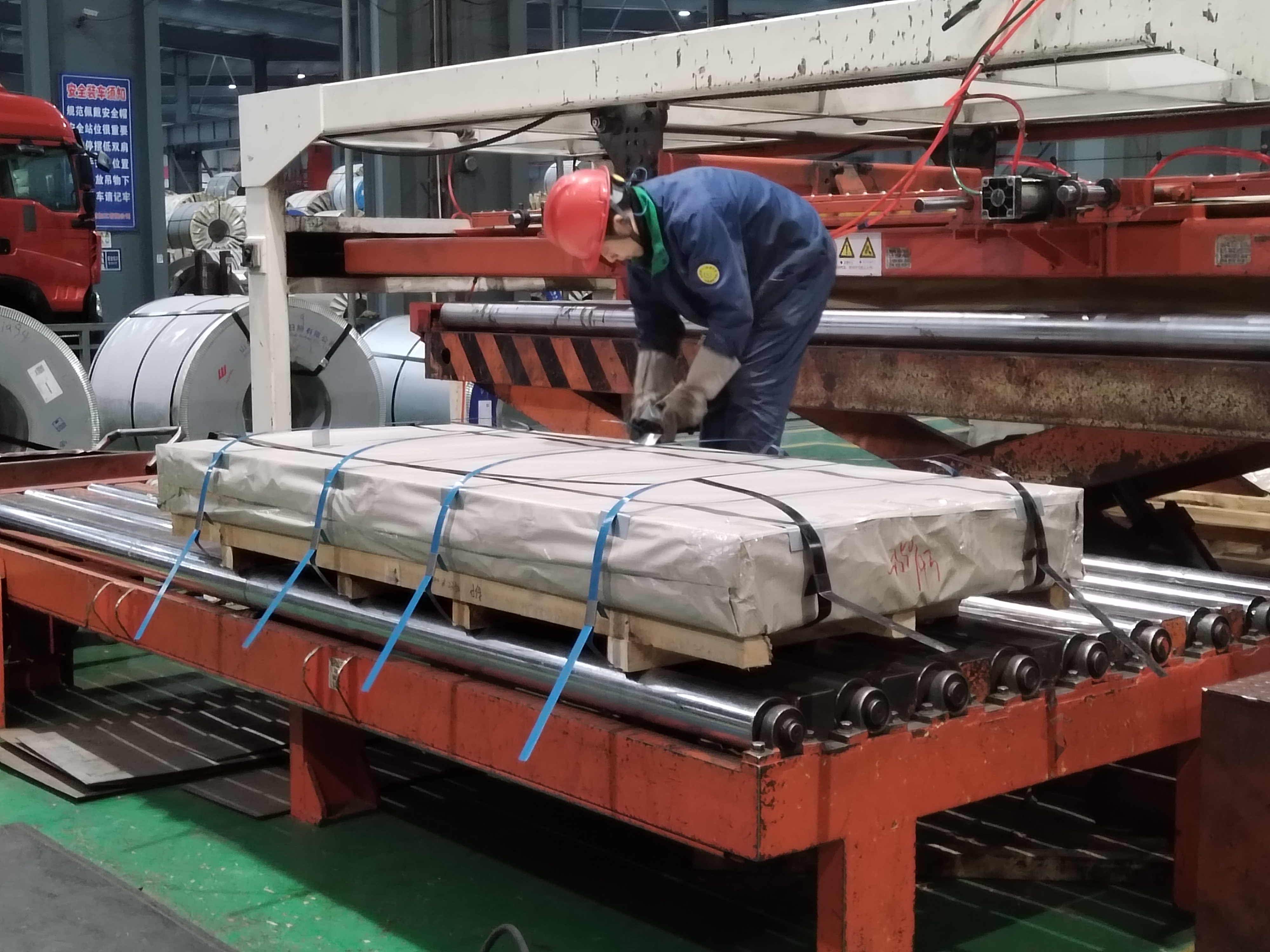Recent News
How to Etch Stainless Steel?
In a stainless steel factory, etching is a common process used to create patterns, markings, or textures on the surface of stainless steel. Etching can be achieved through chemical reactions or physical methods, allowing for the creation of unique aesthetics and functionalities without compromising the overall integrity of the stainless steel material.
6 steps to etch stainless steel
Generally, the stainless steel etching process involves the following key steps:
- Surface preparation: Prior to etching, it is essential to ensure that the stainless steel surface is clean, smooth, and free from dirt, grease, or other impurities. Typically, cleaning agents and solvents are used to clean the surface, followed by rinsing with water or other appropriate methods.
- Etchant selection: Depending on the desired etching effect and the patterns to be achieved, select an appropriate etchant. Etchants are typically solutions containing acidic or alkaline components that can chemically react with the stainless steel surface to achieve the etching effect.
- Etching operation: Immerse the stainless steel material in the etchant according to the process requirements. This may involve controlling parameters such as temperature, immersion time, and agitation methods. The choice of these parameters depends on the etchant used and the desired etching depth.
- Monitoring and control: During the etching process, it is necessary to monitor and control parameters such as temperature, time, and etching depth to ensure consistent and high-quality etching results. This may involve using instruments and equipment for real-time measurement and adjustment.
- Cleaning and treatment: After completing the etching, thorough cleaning and treatment of the stainless steel material are necessary to remove any residual etchant and other contaminants. This typically involves rinsing with water or using other cleaning agents and may require acid-base neutralization or other treatments.
- Post-treatment: Depending on the requirements, further processing such as polishing, coating, or other decorative enhancements may be applied to the etched stainless steel to enhance its appearance and performance.
It is important to emphasize that stainless steel etching is a complex and highly specialized process. In a stainless steel factory, dedicated equipment, process engineers, and operators are typically involved in executing the etching tasks. Therefore, if you have specific stainless steel etching needs, it is advisable to collaborate with a professional stainless steel factory to ensure safe, efficient, and quality-controlled etching processes.
what is Stainless Steel Etching?
In a stainless steel factory, the etching process is a pivotal method used to selectively remove layers from the surface of stainless steel. Etching is a controlled chemical process aimed at creating precise patterns, designs, or markings on the stainless steel surface.
This process involves immersing the stainless steel material in an etchant solution, typically an acid or a combination of acids, that specifically targets and reacts with the surface. The etchant solution selectively dissolves the exposed areas of the steel, creating recessed patterns or designs as per the applied mask or pattern.
The effectiveness and precision of the etching process depend on various factors, including the composition of the stainless steel, the type of etchant used, the duration of exposure, and the intricacy of the design or pattern desired.
Furthermore, the etching process in stainless steel production allows for controlled material removal without altering the structural integrity of the metal. It’s a crucial technique employed in the manufacturing of components for diverse industries, enabling the creation of intricate designs, textures, or identifiers on stainless steel surfaces while maintaining the material’s strength and durability.
Surface Preparation
In a stainless steel factory, the etching process is influenced by the chemical composition and inherent properties of stainless steel. Several key factors play a role in affecting the etching process:
- Alloy Composition: Stainless steel comprises various alloys, primarily chromium, nickel, and sometimes other elements like molybdenum or titanium. The composition significantly impacts the material's resistance to etching. For instance, higher chromium content enhances resistance to corrosion and may require stronger or more specialized etchants for effective etching.
- Surface Finish: The surface finish of stainless steel, whether polished, brushed, or textured, affects how uniformly the etchant reacts with the surface. A smoother finish might etch differently than a rougher or textured surface due to variations in surface area and exposure.
- Passivation Layer: Stainless steel forms a passive oxide layer (chromium oxide) naturally, offering corrosion resistance. This layer can inhibit the etching process if not properly managed. Treatments to remove or modify this layer, like surface activation or pre-etching processes, are often necessary to enable effective etching.
- Etchant Selection: Different etchants react differently with stainless steel alloys. For instance, ferric chloride or nitric acid-based solutions are commonly used for etch stainless steel due to their selectivity and controlled etch rates. The choice of etchant depends on the desired etching depth, resolution, and the specific alloy being etched.
- Etching Time and Temperature: The duration of exposure to the etchant and the temperature at which the etching process occurs are critical. They influence the depth and precision of the etching. Longer exposure times or higher temperatures can result in deeper etching and might affect the material's surface properties.
- Masking and Resists: To create specific patterns or designs during etching, masks or resists are applied to protect certain areas from the etchant. The choice of masking materials and their compatibility with the etchant and steel alloy is crucial for precise pattern transfer.
Overall, in a stainless steel factory, understanding these factors and their interactions is essential for optimizing the etching process. Fine-tuning the etching parameters and employing appropriate surface treatments ensures consistent and controlled etching results on stainless steel surfaces for various industrial applications.
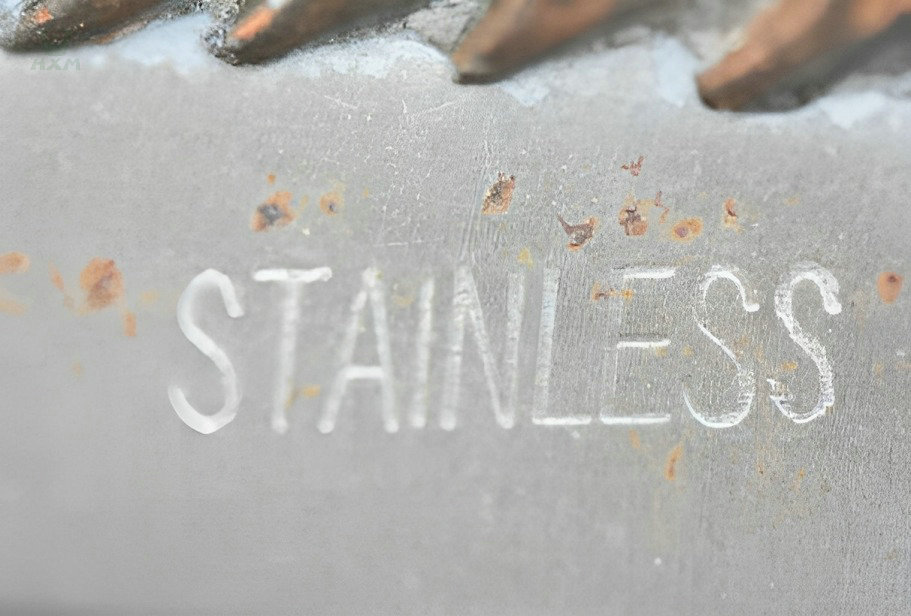
Different types of etching methods
In a stainless steel factory, various etching methods are employed to etch stainless steel surfaces, each utilizing distinct techniques and principles to achieve specific results. Some of the primary etching methods used in industrial settings include:
- Chemical Etching: This method involves immersing the stainless steel in a chemical solution (such as acids or alkaline solutions) to selectively dissolve the exposed areas. The etchant reacts with the metal surface, removing material to create the desired patterns or designs. Chemical etching offers high precision and is suitable for complex designs but requires careful control of etchant composition, concentration, temperature, and exposure time.
- Electrochemical Etching: In this process, an electric current is used to facilitate the etching reaction between the stainless steel surface and the electrolyte solution. A mask or stencil is applied to define the areas to be etched, and the application of electrical current selectively removes material, enabling intricate and precise etching. Electrochemical etching allows for finer control over the etching depth and is often used for high-precision applications.
- Photochemical Machining: This method combines photoresist technology with chemical etching. A light-sensitive resist material is applied to the stainless steel surface, followed by exposure to light through a mask with the desired pattern. Chemical development removes the exposed resist, leaving behind a protective layer over the desired areas. Subsequent etching with an appropriate chemical solution removes the unprotected areas, transferring the pattern onto the stainless steel. Photochemical machining is advantageous for high-precision and intricate designs.
- Laser Etching: Utilizing a focused laser beam, this method selectively heats and vaporizes the stainless steel surface to create patterns, text, or designs. Laser etching offers high precision and flexibility, enabling quick prototyping and customization. It's suitable for creating detailed and fine patterns but may require specialized equipment and expertise.
- Plasma Etching: Plasma, an ionized gas, is used in this method to remove material from the stainless steel surface. Plasma etching can be highly selective and controlled, offering precise etching results. It is particularly useful for creating micro-scale patterns and achieving high aspect ratios in etched features.
Each of these methods offers specific advantages and limitations in terms of precision, speed, complexity of designs achievable, and equipment requirements. In a stainless steel factory, the choice of etching method depends on the desired outcome, the intricacy of the design, production volume, and the specific properties of the stainless steel alloy being etched.
advantages & disadvantage
| Etching Method | Advantages | Disadvantages |
|---|---|---|
| Chemical Etching | High precision, intricate designs | Environmental concerns, controlled chemical handling |
| Electrochemical Etching | Precise control over etching depth | Complex setup, specialized equipment required |
| Photochemical Machining | High precision, intricate designs | Mask alignment issues, multi-step process |
| Laser Etching | High precision, rapid prototyping | Limited depth control, equipment cost |
| Plasma Etching | Selective and controlled etching | Specialized equipment, limited to certain materials |
This table offers a clear overview of the strengths and weaknesses of each etching method when used in stainless steel production, making it easy for you to understand the comparative aspects of these techniques.
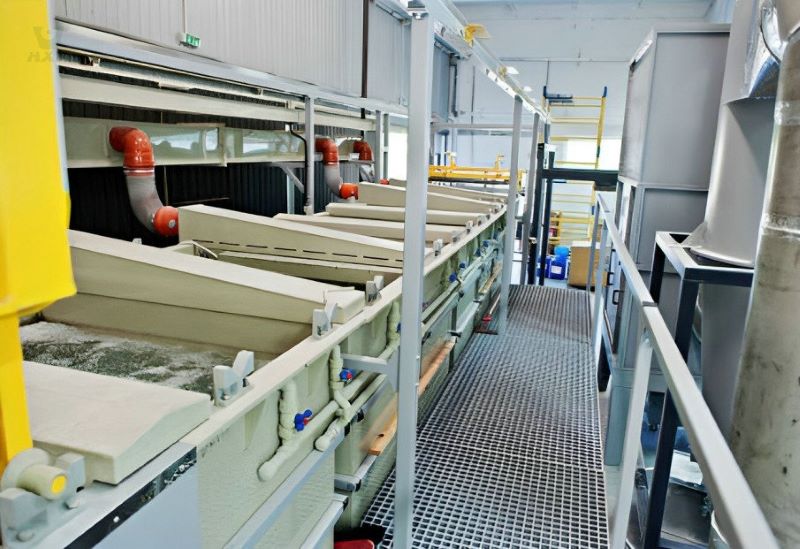
Equipment and Materials
In a stainless steel factory, the etching process necessitates the utilization of specialized machinery and equipment tailored to etch stainless steel efficiently and precisely. The equipment employed varies based on the chosen etching method and the desired outcomes. Here’s an overview:
- Etching Tanks or Chambers: Stainless steel factory typically utilize tanks or chambers made of corrosion-resistant materials like stainless steel or plastics to house the etching solutions. These containers maintain a controlled environment for the etching process, ensuring proper containment of chemicals and safety for workers.
- Spray or Immersion Systems: For chemical etching, immersion systems or spray equipment are used to apply the etchant onto the stainless steel surface. These systems ensure uniform coverage and controlled exposure of the material to the etching solution.
- Power Supplies (Electrochemical Etching): In electrochemical etching, power supplies such as rectifiers are employed to provide the necessary electrical current between the stainless steel workpiece and the electrolyte solution. These power supplies regulate the voltage and current for precise material removal during the etching process.
- Masking Equipment: Various tools and machinery aid in applying masks or resists onto stainless steel surfaces to protect specific areas from etching. This equipment includes precision printers, exposure units, or masking applicators, ensuring accurate and consistent masking for intricate designs.
- Laser Systems (Laser Etching): Laser etching relies on specialized laser systems equipped with computer-controlled mechanisms to precisely direct the laser beam onto the stainless steel surface. These systems include CO2 or fiber lasers capable of high-precision etching based on digital designs or patterns.
- Plasma Etching Systems: Plasma etching requires specialized vacuum chambers equipped with plasma sources and gas delivery systems. These systems generate and control plasma, allowing selective removal of material from the stainless steel surface under controlled conditions.
- Safety Equipment: Personal protective equipment (PPE) such as gloves, goggles, aprons, and ventilators is crucial in stainless steel factories to ensure worker safety during the handling and operation of etching machinery and chemicals.
- Monitoring and Control Systems: Advanced monitoring systems and controllers oversee various parameters such as temperature, pressure, etchant concentration, and exposure time, ensuring consistency and quality control throughout the etching process.
In a stainless steel factory, the selection and utilization of specialized machinery and equipment are pivotal to ensure precise, controlled, and efficient etching of stainless steel surfaces, meeting the desired design specifications and quality standards.
Applying the Etching Mask
To etch stainless steel, manufacturers necessitates specific materials crucial for its successful implementation. These materials encompass acids, masks or resists, and protective gear for ensuring safety:
Various acids or chemical solutions are employed in etch stainless steel, including:
- Ferric Chloride: Commonly used for its effectiveness in etch stainless steel, particularly ferritic and martensitic grades.
- Nitric Acid: Known for its ability to etch a wide range of stainless steel alloys, providing controlled and precise results.
- Sulfuric Acid: Sometimes used in combination with other acids for specific etching requirements due to its dissolving properties.
- Acidic Salts: Ammonium persulfate or cupric chloride might be used as alternatives or supplementary etchants.
These acids are selected based on their reactivity with the stainless steel alloys and the desired etching characteristics, such as etch rate, selectivity, and surface finish.
To protect specific areas of the stainless steel surface from etching, masks or resists are applied. These materials include:
- Photoresists: Light-sensitive materials that undergo changes upon exposure to light, allowing selective removal to define the areas to be etched.
- Polymer Films: Thin films or tapes applied to the surface to mask specific regions during the etching process.
- Liquid Maskants: Applied using various techniques like spraying or brushing to create barriers against the etchant.
The selection of masking materials depends on factors such as desired pattern intricacy, etching method, and compatibility with the etchant.
Safety measures are paramount in handling etching materials. Protective gear includes:
- Gloves: Chemical-resistant gloves to prevent skin contact with acids or etchants.
- Goggles or Face Shields: Eye protection to shield against splashes or fumes.
- Aprons and Lab Coats: Protective clothing to minimize direct contact with etchants.
- Ventilation Systems: Adequate ventilation to disperse fumes and maintain a safe working environment.
These protective measures are crucial to prevent chemical exposure and ensure the safety of personnel involved in the etching process.
Each of these materials plays a critical role in the etching process within stainless steel factories, contributing to controlled and precise material removal while safeguarding the well-being of workers involved in the process.
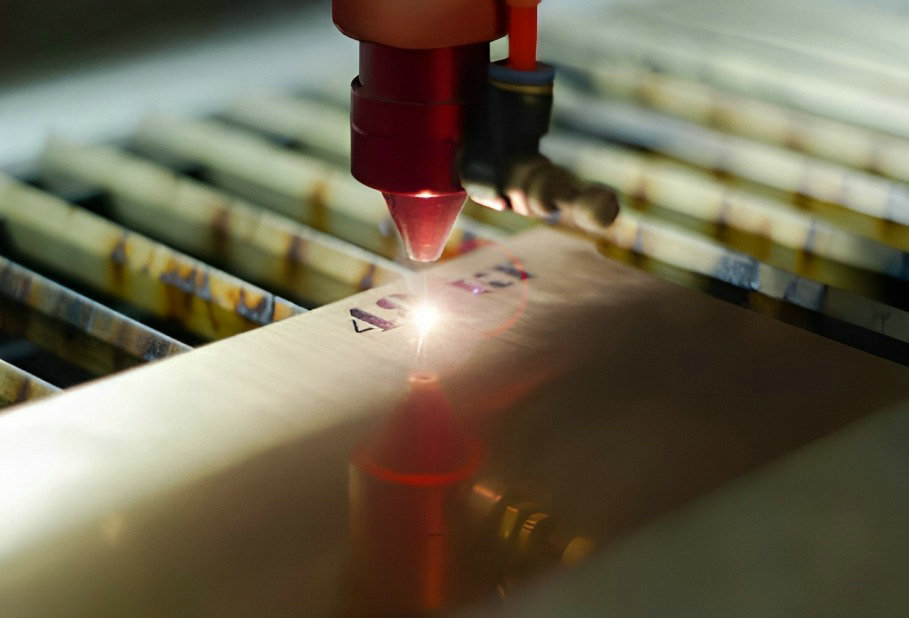
Conclusion
In conclusion, the etching process in a stainless steel factory is an intricate and vital technique used to selectively remove layers from stainless steel surfaces. Throughout this discussion, we’ve explored the diverse facets of methodologies to etch stainless steel within industrial settings.
Etch stainless steel involves employing various methods such as chemical etching, electrochemical etching, photochemical machining, laser etching, and plasma etching. Each method offers distinct advantages in precision, control, and suitability for different types of designs or patterns. The choice of the etching method often depends on the intricacy of the desired design, the stainless steel alloy composition, and the specific requirements of the intended application.
The materials used in the process of etch stainless steel, including acids, masks or resists, and protective gear, are crucial elements in ensuring both precision and safety. Acids or etchants play a pivotal role in selectively removing material, masks or resists protect designated areas during etching, while protective gear safeguards the well-being of workers handling etchants.
As the realm of stainless steel etching continues to evolve, further exploration and experimentation with these techniques are encouraged. Delving deeper into refining methods, exploring innovative masking materials, or enhancing safety protocols can lead to advancements in precision, efficiency, and safety within stainless steel factories.
In essence, the art and science of etch stainless steel offer a gateway to unparalleled creativity and precision in surface customization. By combining technological advancements with comprehensive knowledge, the potential for achieving remarkable designs and functional applications in various industries remains vast.
Therefore, embracing curiosity and innovation in etching methodologies paves the way for unlocking the full potential of stainless steel’s versatility within the manufacturing landscape.
Let the exploration and experimentation in etch stainless steel continue to propel us toward innovative solutions and artistic expressions within the realm of industrial craftsmanship.


